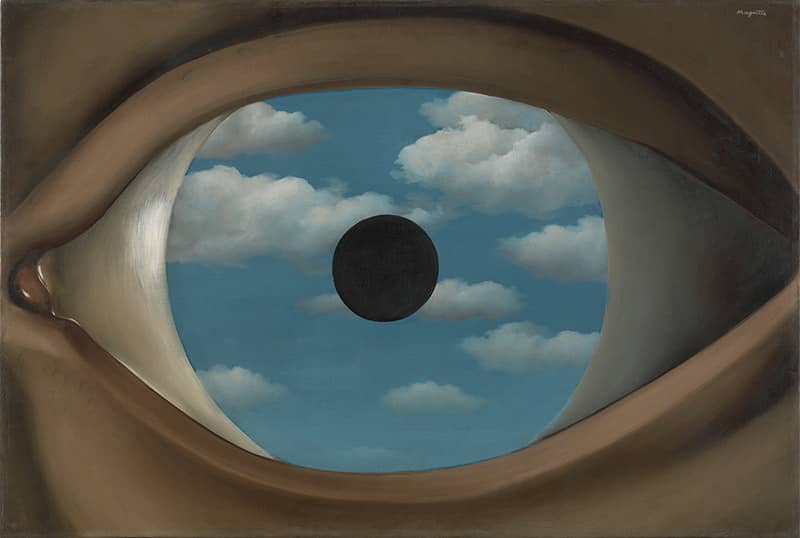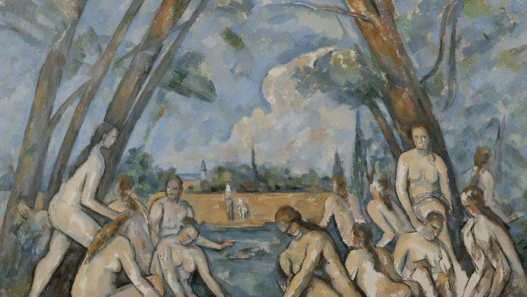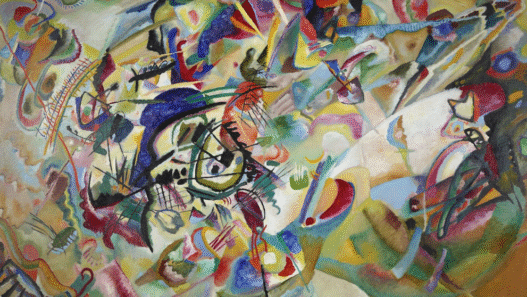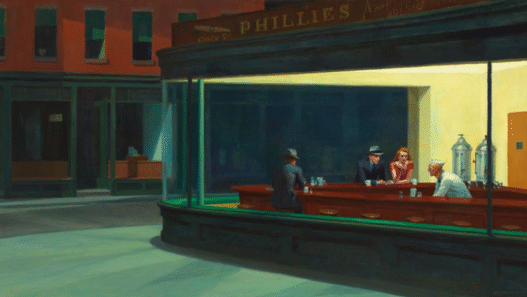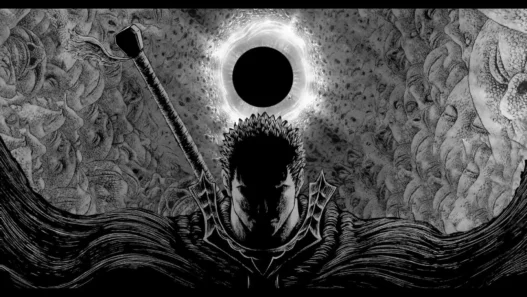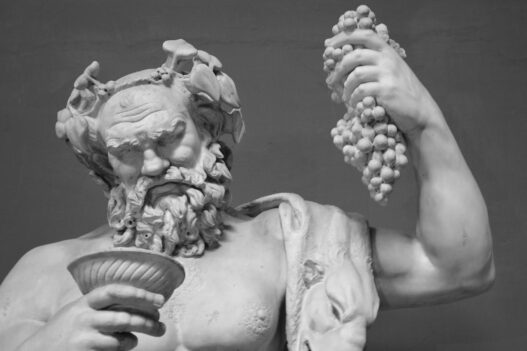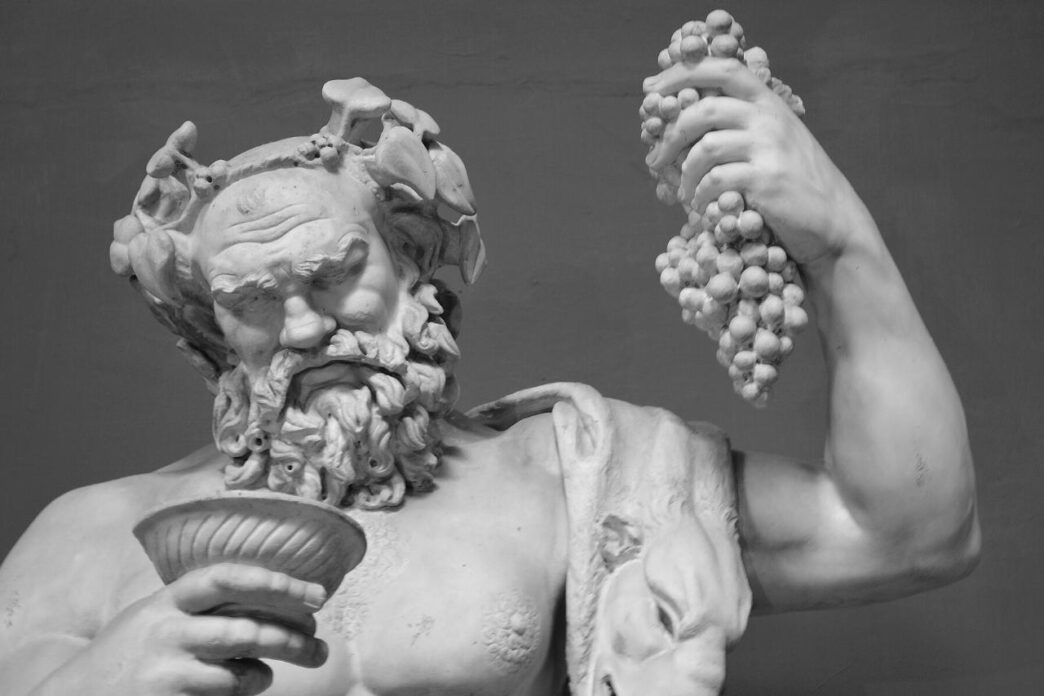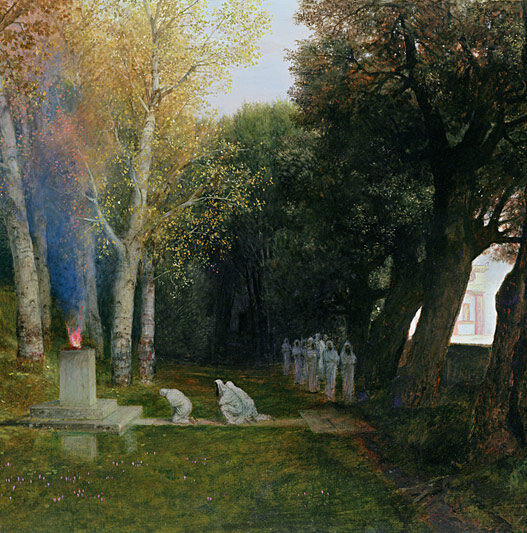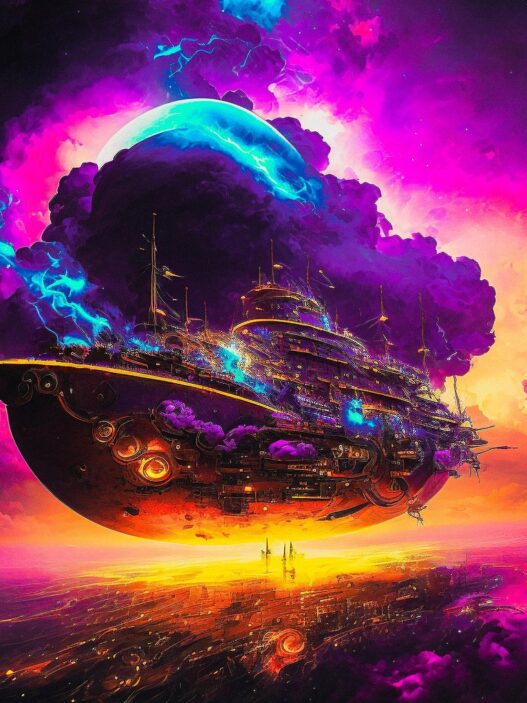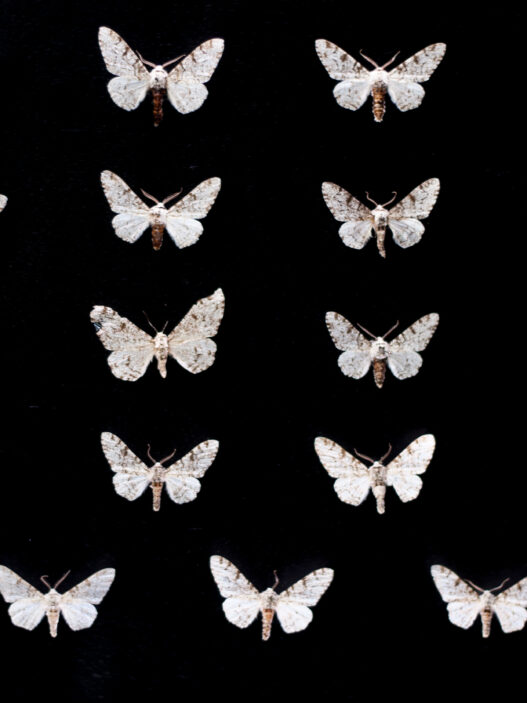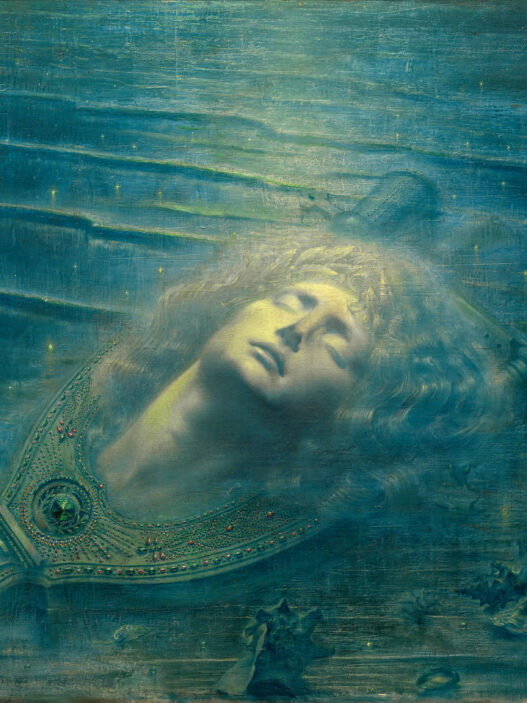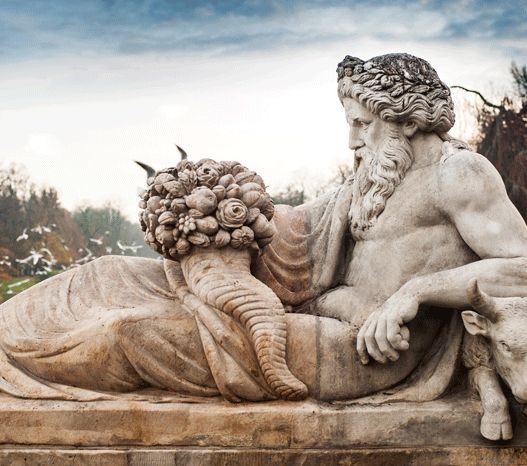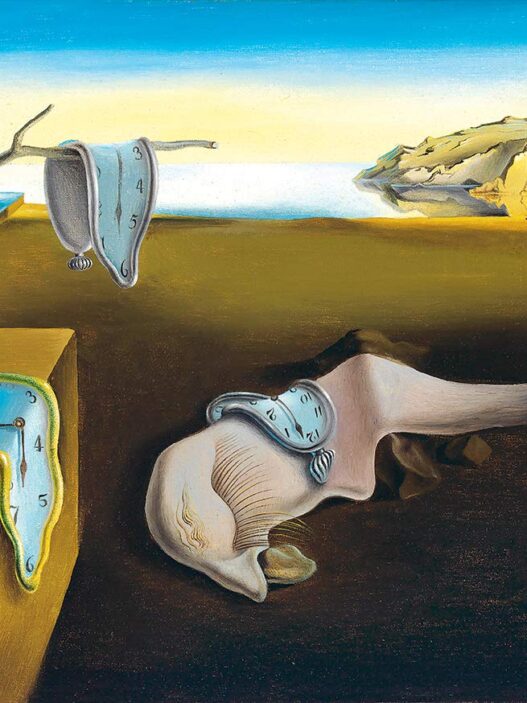Throughout history, few mythological figures have captured the imagination of artists like Dionysus. As the Greek god of wine, ecstasy, theatre, and rebirth, Dionysus represents a paradox: both joyous creation and chaotic destruction.
His symbolism touches something deep within the human spirit. The parts of us that seek freedom, transformation, and meaning beyond logic.
In art and mythology, Dionysus symbolism is rich, layered, and timeless, often embodying the dual nature of existence: pleasure and pain, life and death, control and surrender.
Caravaggio’s Bacchus
Caravaggio’s Bacchus is much more than a portrait of the Roman god of wine. Painted in 1596, this Baroque oil on canvas work captures the heart of Dionysian mythology: seduction, mortality, and transformation — all hidden beneath the surface of beauty.
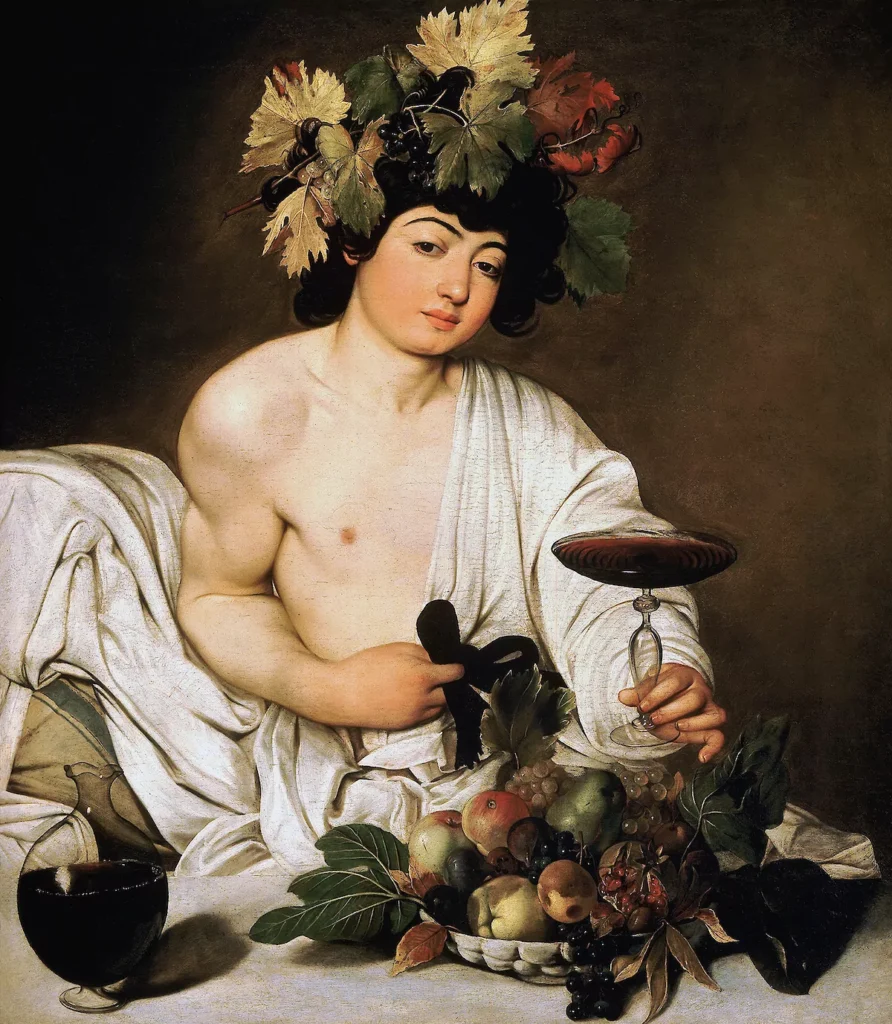
At first glance, Bacchus appears almost inviting. A young man, glowing with vitality, offers the viewer a glass of wine with an open, almost teasing hand.
His cheeks are flushed, his lips slightly parted. Around him, fruits spill across the table, ripe and almost decaying at the same time. The details are sensual and tactile.
Yet if you linger, you sense something unsettling beneath the surface.
5 key symbols in this painting:
The Wine and the Goblet
Bacchus offers a glass of wine, a direct symbol of intoxication, pleasure, and divine ecstasy.The Rotten Fruit
This contrast symbolises the fleeting nature of youth, beauty, and life itself.The Laurel Wreath
Festivity, victory, but also hint at madness, as Dionysian rituals often blurred into states of frenzy and loss of control.Bacchus’s Appearance
Unlike the idealised gods of the Renaissance, Caravaggio paints Bacchus as a slightly flushed, realistic youth.The Reflection in the Wine
Some scholars believe there’s a subtle, almost hidden reflection of Caravaggio himself in the wine glass. What do you think?
The Symbolism of Decay and Desire
The fruits, although luscious, show spots of rot. The wine is rich, but the offering feels heavy with consequence. Caravaggio doesn’t just paint pleasure; he paints the cost of pleasure and inevitable decay that follows indulgence.
The symbolism here ties directly to the myth of Dionysus (Bacchus being his Roman name). Dionysus represents both life’s ecstasy and its chaos. He invites you to surrender and quietly observe emotion and passion, followed by a gentle reminder you that to live fully is to walk close to destruction.
Caravaggio masterfully uses light and shadow (chiaroscuro) to enhance this feeling. Bacchus is illuminated, but the darkness hovers around him, suggesting how fleeting and fragile pleasure truly is.
Why Myth Matters in Caravaggio’s Bacchus
In choosing Bacchus as his subject, Caravaggio wasn’t just depicting mythology for its own sake. During his time, the Church controlled much of public life, and strict rules governed behaviour.
Dionysus/Bacchus, with his message of surrender and wildness, stood in direct contrast. The painting becomes almost a quiet act of rebellion, raw emotions, and forbidden pleasures.
The myth of Dionysus is about liberation. Not just through wine, but through shedding societal masks. Caravaggio channels this beautifully, presenting a god who feels shockingly human: vulnerable, tempting, flawed.
In Bacchus, myth becomes a mirror: reflecting our own hungers, our mortality, and our longing to lose ourselves — even for a moment — in something larger, something divine.
Dionysus in Ancient Art: Symbols of Wild Nature
In ancient Greek pottery and sculpture, Dionysus is often depicted crowned with ivy leaves, holding a thyrsus (a staff wrapped in ivy and topped with a pinecone) a potent symbol of fertility, mystery, and the divine madness he could inspire. These early works often show him in the company of satyrs and maenads, wild followers who dance in ecstatic abandon.
A striking example is the Dionysus Cup by Exekias (6th century BC), where Dionysus reclines peacefully on a boat surrounded by dolphins. Here, the wine god’s connection to transformation is clear: the dolphins are said to be pirates he turned into sea creatures, an image symbolising the unexpected and transformative power of the divine.
Rediscovering Dionysian Themes
During the Renaissance, when classical myths were revived through the lens of humanism, Dionysus returned to the canvas.
Artists such as Titian celebrated his mythos in works like Bacchus and Ariadne (1520–1523). In this vibrant painting, Bacchus (the Roman name for Dionysus) leaps toward Ariadne with electrifying energy. The swirling figures, lush landscape, and rich colours capture the ecstasy and promise of renewal, a hallmark of Dionysus symbolism.
Here, Dionysus is not just a god of drunkenness but a divine liberator, rescuing Ariadne from despair and loneliness — an eternal symbol of hope and second chances.
Dionysus as Inner Journey
In more contemporary times, artists have reimagined Dionysus not just as a figure of external chaos, but as a symbol of internal exploration. The German painter Max Beckmann used Dionysian motifs in works like The Actors (1941–1942), reflecting the chaotic and tragic elements of human life during war-torn times.
Beckmann’s tangled, theatrical scenes mirror the ancient festivals of Dionysus — where roles blurred, identities dissolved, and new truths emerged.
Today, many artists continue to draw on mythology and symbolism in art to explore Dionysian and the multi faceted social representation.
The search for authenticity, the tension between civilisation and instinct, and the deep need for spiritual renewal.
Why Dionysus Still Matters
Dionysus speaks to the wild, uncontainable parts of ourselves. The longing for freedom, for ecstasy, for transcendence. The shift in our human condition throughout life as the hands of time continue to turn.
His symbols, from the vine to the ivy-crowned thyrsus, continue to resonate across time, appearing in art, literature, and theatre.
By looking at how artists across centuries have represented Dionysus, we realise that symbolism in art is not just decoration.
Further Reading:
